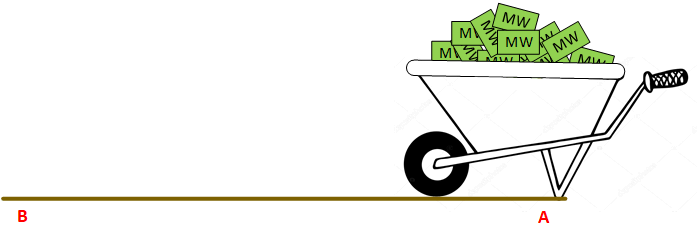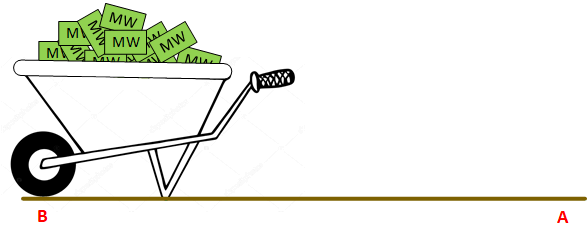
In my experience working at Power Plants, operators generally fall into two categories when it comes to understanding reactive power (VARs): Those who sort of have a fuzzy understanding but cannot explain it and those who really have no idea.
While that may be a bit of an exaggeration as there are undoubtedly many power plant operators who do understand VARs, I believe that one of the barriers for those who do not understand this topic is the math. Every discussion of reactive power invariably brings up a myriad of equations, trigonometry, phase angles and other imposing mathematical elements. This can leave one’s head spinning and still with the question: What is reactive power really?
Well, I am going to break it down in 300 words without mathematical analysis.
Start counting:
Alternating current power systems rely on magnetic field to work. A transformer, motor or generator cannot work without magnetic fields. The very principle of operation of these devices is totally dependent on those magnetic fields.
Where do these magnetic fields come from? Current flow.
Power, both real power and reactive power, is comprised of volts and amps. Since the voltage is the same for both, we can focus on the current. A portion of the total current is for the megawatts. The additional current is the current required to create the magnetic fields. As with the megawatts current, this megavar current is also delivered by the generators.
Here is an analogy that I call the Wheelbarrow Analogy:
Consider the scenario in Figure 1. There is a wheelbarrow loaded with, let’s say, bricks of MW. We wish to move this load of MW from Point A to Point B. As you know, to move a loaded wheelbarrow, you must set up the conditions to move it, i.e., lift the wheelbarrow handles.

As shown in Figure 2, this will allow you to move the load of MW to Point B. Once you reach your destination you then lower the wheelbarrow handles, as shown in Figure 3.


The end result: You have done real work by moving the load. What, though, was the net result of lifting the wheelbarrow handles at Point A and lowering them at Point B? Zero! Yet this action was crucial to delivering the load.
Relating to AC power systems, the portion of the current that is delivered by the generators to create the magnetic fields “disappears” if the system is turned off, i.e., it did no work. But it was a required condition to allow the electrical MW to flow through the system and do real work.
There it is, 300 words to understanding VARs without the use of equations. There is obviously much more to the topic, such as power factor, leading versus lagging, etc. But for those wishing to get their head around understanding what VARs do, the Wheelbarrow Analogy should do the trick.